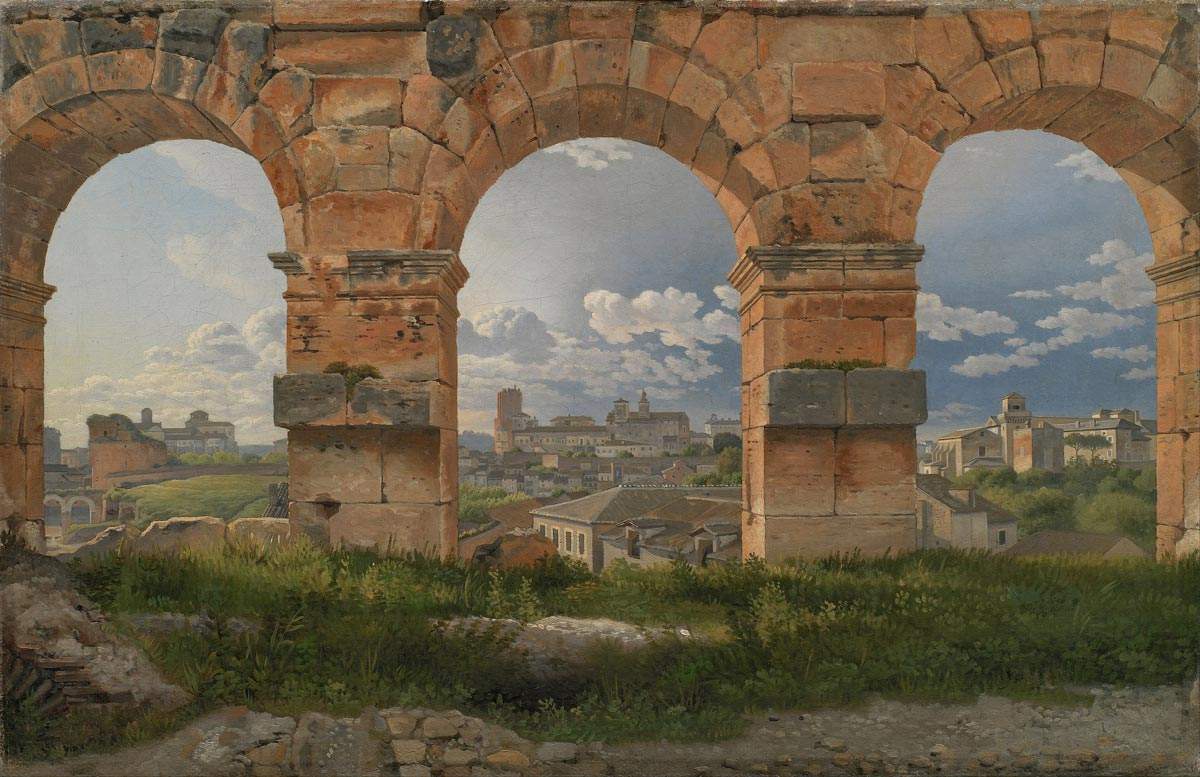In Italy and other European countries, as is well known, in theory the reproduction of works of art is not free, not even for those created by artists who have been dead for centuries: the entity or institution that holds the ownership of the work can in fact decide, depending on the purpose of the reproduction, to charge a reproduction fee, which varies according to the purpose of use. Social networks have cleared the way for free use by users (this is, after all, free advertising for museums), but there are many areas where, in order to use images of works by, say, Leonardo da Vinci, Raphael, Caravaggio or other artists, it is necessary to pay a fee: for example, when the image is included in commercial publications.
For this reason, the Creative Commons movement, which has for years created a particular license that allows the free use of other people’s images (following some different conditions depending on the type of license), has launched a joint appeal to the states of the European Union to call for the liberalization of the use of cultural heritage images in the public domain, where “public domain” means the works of artists who have been dead for more than a certain number of years (70, in the European Union). In fact, if an author is alive or has been dead for less than 70 years, the author or heirs may charge fees for the use of the work. If one is older than 70, direct royalties can no longer be claimed, but the owner of the work can still claim, as mentioned, a reproduction fee. And it is precisely this use that the appeal focuses on.
“The Coronavirus emergency,” the text of the appeal reads, “has contributed greatly to the rediscovery of the centrality of the web and digital in communicating cultural heritage to the public. Indeed, initiatives by cultural institutions around the world to offer free access to networked digital resources to overcome the physical distances imposed by measures to contain the contagion are proliferating. These are experiences that it will be essential to build on even after the end of the emergency in order to revive cultural entrepreneurship, the creative industry, tourism, as well as scholarly activity and scientific research. The proposal, summarized here, moves precisely in this direction, in order to encourage the free circulation of images of public cultural assets that are no longer protected by copyright.”
“The free reuse of image,” the appeal continues, “in fact proves to be an extraordinary instrument of innovation, as it fosters cultural publishing (and thus also scientific research), the creative industry and offers new stimuli to the fashion and design sector. It can also play an important role in the graphic restyling of the interiors of infrastructures, vehicles and public areas, improving the conditions of urban decorum, as well as boosting tourism entrepreneurship in less visited realities and the most diverse forms of economic initiative. Finally, free reuse represents a way to give concrete implementation to two fundamental principles: ’heritage belongs to everyone’ and ’culture can be a driver for economic development.’”
“These principles,” the appeal recalls, “have inspired a growing number of cultural institutions around the world, such as the Library of Congress or the New York Public Library, the Getty Research Institute, the Rijksmuseum, the National Library of Spain, the National Museum in Stockholm, and the National Gallery of Denmark (which has adopted the slogan: It’s your cultural heritage. Use it!), all of which have chosen to make ultra-high-resolution images of works in the public domain contained in their collections downloadable from their websites to encourage free reuse of the image for any purpose, including commercial. The radical transformations that the digital has produced in our society therefore invite us to abandon traditional ’proprietary’ paradigms in favor of a more democratic, inclusive and horizontal vision of cultural heritage.”
“In many cases,” Creative Commons argues, “it is found that revenues from the sale of images or fees charged on the commercial reuse of images are derisory if not even lower than the operating expenses of the e-commerce or licensing mechanism. On the other hand, institutions that adopt an open approach enjoy significant benefits in terms of marketing, greater influx of tourists and, in general, greater ability to attract public and private funding. Finally, the free circulation of images, including for commercial purposes, can facilitate the creation of jobs and income in a circular economy, which, in turn, translates into higher revenues in the state coffers as part of general taxation.”
For these reasons, in the context of Directive 2019/790/EU, which removes rights attached to images that reproduce works of art when the act resulting from the reproduction does not in itself constitute an original work, the appeal calls for the states of the Union to transpose the directive (and in particular its Article 14) by encouraging “the widespread adoption by cultural institutions of open licenses for the free reuse, for any purpose, of heritage images.” The full text of the appeal can be read on the Creative Commons Italy website, in Italian and English.
Image: Christoffer Wilhelm Eckersberg, View of Rome from the Arcades of the Colosseum (1815; oil on canvas; Copenhagen, Statens Museum for Kunst, inv. KMS3123)
 |
| Liberalizing images of works of art: a Creative Commons appeal begins |
Warning: the translation into English of the original Italian article was created using automatic tools. We undertake to review all articles, but we do not guarantee the total absence of inaccuracies in the translation due to the program. You can find the original by clicking on the ITA button. If you find any mistake,please contact us.